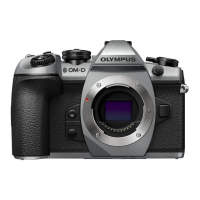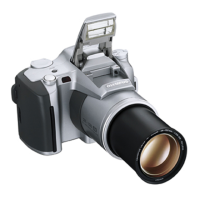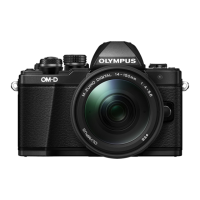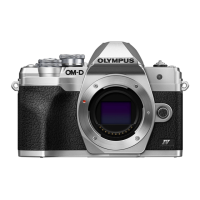Understanding i-- SPEED
i--SPEED 37
Chapter 7 Understanding the
Olympus i- SPEED
The Olympus i--SPEED has been designed with ease of use in mind and
all the functions of the camera are accessed via clear and descriptive
menus. Every effort has been made to ensure that the menus are intuitive.
High speed video, however is a complex subject in itself and several of the
functions of the Olympus i--SPEED are necessarily complex. Reading the
following section will provide the user with suffic ient knowledge of these
areas to begin to understand the menus themselves. A detailed
description of the menus is given earlier.
` Speed
The camera contains electronic memory to hold the video images
as they are captured and this has a specific size. The memory is
therefore capable of holding a fixed number of full resolution
images and there is a clearly defined maximum recording time at
1,000fps.
If the frame rate is reduced below 1,000fps, the available record
time will increase because the images are arriving less frequently.
There is a further trade--off associated with frame speed and this is
discussed below.
` Shutter, Speed, Sensitivity
The sensor operates by capturing light, converting it to an
electronic facsimile of the optical image and supplying the memory
with the image while the cycle begins to repeat. The period during
which light is captured is called the “integration time”, “exposure
time” or “shutter time”. The shutter time is normally equal to the
maximum time available during the frame, called the “frame period”.
If the scene contains a very fast moving object, the object may
move an appreciable distance during the frame period and this will
cause the object to appear blurred. This “motion blur” is sometimes
undesirable, so the Olympus i--SPEED is able to reduce the
shutter time to a fraction of the frame period and this causes the
object to be “frozen” in each frame. The shutter time is usually
measured as the ratio between frame period and shutter time, e.g.
10x means that the s hutter is open for 1/10 of the frame period.
Reducing the shutter time however, reduces the amount of time the
camera spends gathering light and the image will become dimmer.
For this reason, increasing the shutter setting will normally require
the addition of extra light to the scene.

